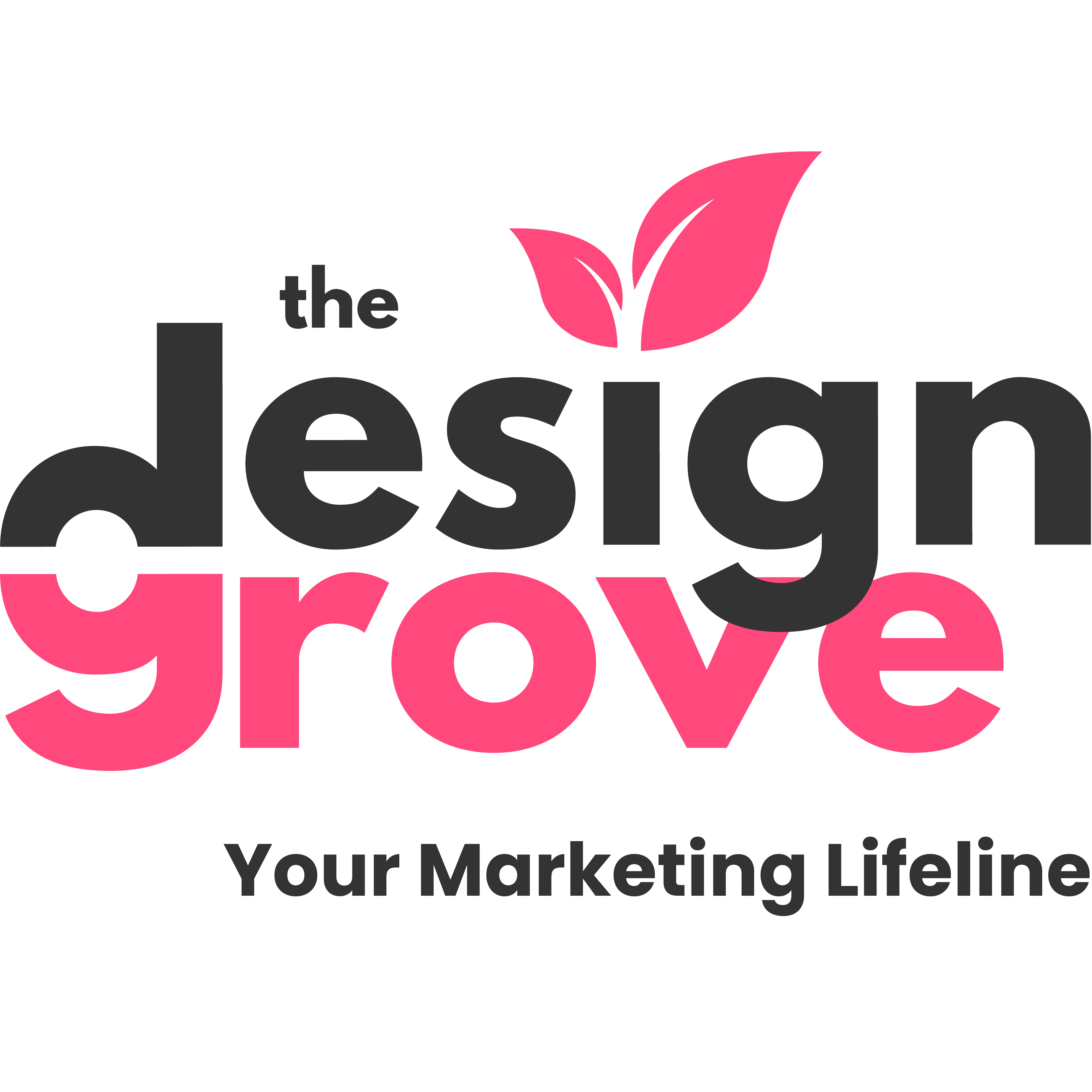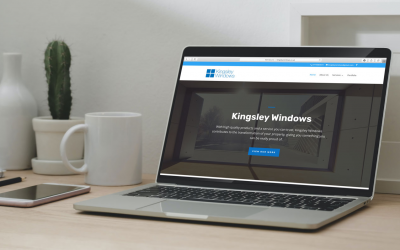Search engines, they’re like a completely different planet. We can’t blame you for not really getting it, it’s a world of “bots” and “algorithms” and words that are fairly new to new business owners and to people who don’t do marketing.
So let’s figure out what you need to know about search engines, how to get Google to like you (because let’s face it, it’s the only search engine that really matters) and how you can market your business on the World Wide Web!
First the basics of search engine marketing
Search engine marketing (SEM) is a term used to describe the act of marketing your business to the search engines. Basically saying, look at me, I’m here, I have great content to offer your readers!
When you type a query into a search engine, a list of websites come up. These are known as ranked websites. They are in order of how much a search engine thinks the website content satisfies the original search query. So the better your content is at satisfying it, the higher up the rankings you will go. You can get up the rankings on search engines in two main ways.
Organically (note not free and we will explain why in a minute) and paid. You might have heard the term, pay per click (PPC), this is the paid way to get to the top of a search engine.
BUT both options depend on two things.
- Relevance of your content
- Quality of your content
No matter how much you spend on PPC, if your content is not both of those things, it won’t make a jot of difference. Harsh but fair. If everyone paid their way to the top, it would be full of spam and people wouldn’t like using search engines very much.
So, how do we ensure that our content is optimal for both these factors?
This is where Search Engine Optimisation (SEO) comes in. SEO helps to drive you up the rankings ‘organically’ or naturally. It is free to do in that you can do elements of it yourself, but it should be an investment in either your time, or a professional’s time. Both cost money. So, not entirely free.
SEO – Search Engine Optimisation
SEO in a nutshell involves a lot of research and understanding about your target audience’s behaviour on search engines. Figuring out what keywords/search terms, your audience would be using in order to find a product or service.
Once you have established what those are, it’s about littering your online content with these words, just enough that you’re not spamming the search engines, but you’re telling them that you have these keywords in your copy.
It’s a tricky balance to get right, particularly if you are not much of a writer, which is why people make a living out of doing SEO and content for businesses.
SEO doesn’t just focus on the content on your website either, it also scans other websites to see if there are links from them to your website. If there are, it will evaluate how credible this website is and it will either boost you or it will demote you. This practice of having external links is called ‘Backlinking’.
Search engines will also use factors such as site speed, how your architecture is set up and whether your website has a reputation for giving people what they need. They collect this data in the background and it’s available to you at Google Analytics. (More about this in my Google Analytics blog.)
You keeping up so far?
Here are some top tips for Search Engine Optimisation.
- Keywords in your content – put them at the top of your page, because Google puts more weight on the terms that appear at the top of the page.
- Make sure each of your web pages are uniquely written. No duplication.
- Write good SEO/page titles, keyword first. Eg. Keyword 1 | Keyword 2 | Brand name – Title
- Check out how fast your website is performing. Sometimes you can have images that are too big and slow to load. Some WordPress themes slow loading times, so switch out to something faster and optimise your images. Check the link below for page speed insights. https://developers.google.com/speed/pagespeed/insights/
- Track your performance on Google Search Console. Make sure that is set up and that you are able to see how many people see and click on your site. Find out which keywords people have used to find your content and where you rank on the list.
- Optimise your images – make best use of your alt text, don’t leave your images with random names like IMG9678.jpg. Give them real, searchable alternatives.
- Internal links – link your content within your website. Writing a blog about a particular topic, try to connect it to a complementary blog or page within your website. Make sure your hyperlinks are also using keywords.
- Publish amazing content. Look at content that is high in the rankings for the search terms you want and see what is distinguishing about it. See how you could improve your content and how you could match up and provide something equally compelling to a reader.
- Building backlinks. The better your content, the more chances for organic back linking, writing posts like ‘What is Search Engine Marketing’ or ‘What are the best colours to wear with red’ or ‘what posts’ and how to guides, are all high performing post types that would attract back links from other domains.
- Blogger sites and publishing sites. Write content that other bloggers will want to put on their own websites. If you are that awesome at writing blogs, this is another way to encourage backlinks from other websites to yours.
- Improve the user experience on your website. The search engines will always promote a website that has a good record of user experience (ie. a low bounce rate), than a website where people pop on and pop off again. So see what could be a sticking point in your users experience and what you can do about it.
So that was Search Engine Optimisation, what is Search Engine Marketing?
Search Engine Marketing (SEM)
Remember that SEM includes SEO, so whilst we started with an explanation of this, it is covered by an umbrella of SEM. When you carry out SEM, which also includes PPC, it is still important to
apply the fundamentals of SEO to your content and your ad content to ensure that they are still relevant and good quality.
PPC can also be referred to as Google Ads or Bing Ads and revolves around bidding. You place a bid on a particular keyword/search term which is the most you are prepared to pay for someone to physically click that link. When they do click it, the search engine bills you for it.
You’d think, great then I’ll just out bid everyone and get to the top. Nope!
If your content is rubbish and not relevant, the search engine will still pick content that is better than yours, regardless of how much you paid. If your content is relevant, demonstrates good quality and you have the highest bid on that search term, boom, your page will go to the top of the paid rankings.
So how do the search engines figure all this out??
Well, it gives you a ‘Quality Score’ – it’s an estimate of the relevance of your advert, the use of keywords within your ad and the user experience of the landing page that you are taking people to. The better your quality score, the less money you need to spend on getting it to the top position, because quality speaks for itself.
Tips on getting a better-quality score in Google.
- Write compelling ad copy. Use your keyword research and ensure that you give people a clear call to action. An expectation of what they should do when they get to your page.
- Optimise the landing page that your ad links to. Enhance your chances of the advert making the user click through your website, and not just pop right off again and go somewhere else.
- Do your keyword research and embed it in your page name (URL), meta description and title.
So you may be scratching your head now thinking, yes but what should I do?
Let’s look at the pro’s and con’s of SEO and SEM.
Pro’s and con’s of SEO
- Once you rank, you’re pretty much there and it’s about maintaining your position with consistent content and email marketing.
- Free in terms of actual costs, (unless you pay someone to do it for you,) but not free in that it takes a lot of your own time and effort to build.
- You may not see a return on your investment for a year or more.
- You can rank for informational keywords like ‘How to build a website’ or ‘what is employee engagement?’
- You need to be link building in order to complete the puzzle and not everyone is good at that.
Pro’s and con’s of SEM /PPC
- PPC is going to give you results pretty much straight away, but when you stop paying your traffic goes to nothing.
- You can burn through your marketing budget in a matter of weeks but if you have consistent budget and know what you are doing, then it is a good strategy.
- There is a lot to understanding how to get the best bang for your buck, managing your Adwords account involves a lot of analysis of things like Quality Score, ROI, Conversion Rates etc, in order to make changes to improve the performance of your ads.
- It also makes sense to have different landing pages for each ad you publish so that you can optimise the landing page experience and improve your quality score, so you need to be in a position to launch different web pages and even test them to figure out which is performing best.
Using a balanced strategy of both, could have the best effects overall, but it’s very overwhelming if you don’t know what you’re doing and not to mention taking you away from your actual day job.


